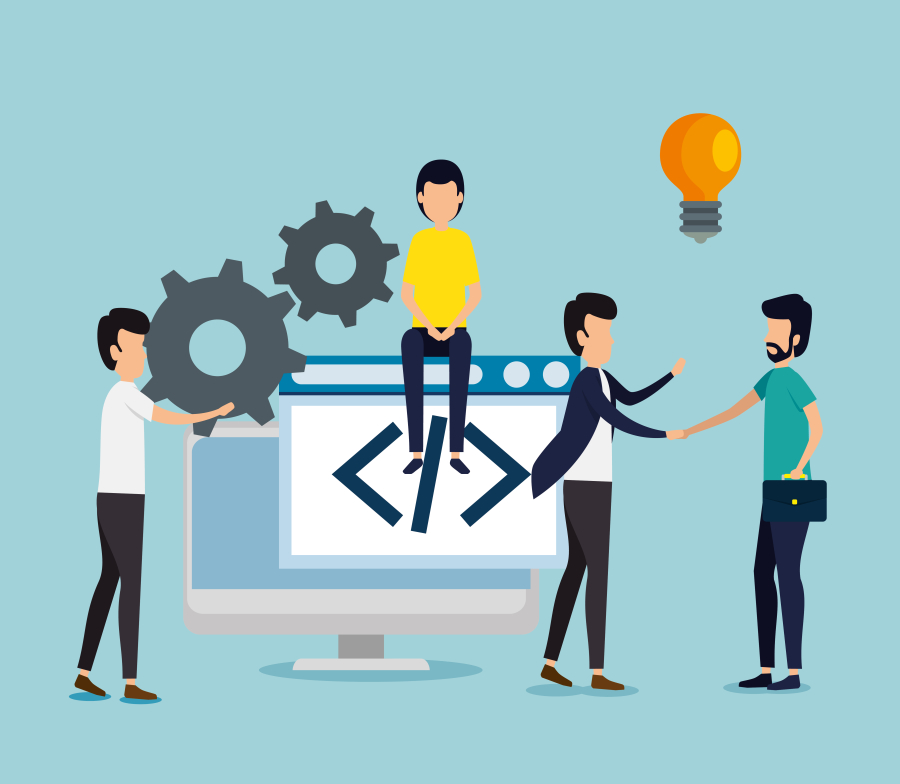How to Shoot in Low Light Conditions
In the freelance photography world, one of the most common yet challenging scenarios is shooting in low light. Whether you're covering a wedding reception, an indoor product shoot, or capturing the cityscape at night, understanding how to deal with poor lighting conditions can significantly improve your output and boost your credibility as a professional freelancer.
This guide from FreelancerBridge will help you learn the right gear, settings, and techniques to master low-light photography. With consistent practice and strategic use of your tools, you can offer exceptional results even when the lighting is far from ideal.
Long Description
Why Low Light Photography Matters for Freelancers
Freelancers often take on projects where they have minimal control over the environment. One such unpredictable factor is lighting. Dimly lit rooms, outdoor night events, candle-lit setups, and indoor spaces without proper artificial lighting can challenge even experienced photographers.
But if you can master shooting in such conditions, you will:
Deliver consistent results across various settings
Get more bookings for night events or indoor shoots
Enhance your portfolio with a wider range of work
Increase your service rates due to specialized skills
Freelancers who adapt to lighting conditions and still produce excellent photos are more likely to stand out in a competitive market.
1. Understand the Challenges of Low Light Photography
Low light photography brings specific issues that you must address:
Increased image noise due to higher ISO
Slow shutter speeds leading to motion blur
Difficulty in achieving sharp focus
Poor white balance due to mixed or artificial lighting sources
Knowing these challenges will help you adjust your approach in advance.
2. Choose the Right Camera and Lens
Your gear plays a crucial role in capturing high-quality images in low-light environments.
Cameras:
Use a camera with a large sensor. Full-frame DSLRs and mirrorless cameras are ideal since they handle high ISO settings better.
Recommended models include:
Sony A7 series
Canon EOS R series
Nikon Z series
Lenses:
Fast prime lenses with wide apertures (like f/1.2, f/1.4, or f/1.8) allow more light to hit the sensor, making them perfect for low-light work.
Recommended focal lengths for low light:
35mm for environmental portraits or events
50mm for portraits and general indoor shoots
85mm for tighter compositions
Image stabilization (built-in or in the lens) is a helpful addition for handheld shots.
3. Optimize Your Camera Settings
Aperture:
Keep your aperture wide (e.g., f/1.8) to let in more light.
Shutter Speed:
Use the slowest possible shutter speed that avoids camera shake or motion blur. A tripod allows you to go slower.
ISO:
Increase ISO to brighten your image, but keep it within your camera’s clean performance range. ISO 1600 to 6400 is generally acceptable for most modern cameras.
White Balance:
Manually adjust white balance to compensate for artificial or mixed lighting. Auto white balance can be unreliable in low-light conditions.
Shoot in RAW:
RAW files retain more data and are easier to edit, especially when it comes to noise reduction, exposure, and white balance adjustments.
4. Use Artificial Light Wisely
When natural light isn’t enough, use artificial lighting carefully to maintain atmosphere and avoid harsh shadows.
Techniques to use:
Bounce Flash: Direct the flash towards a ceiling or wall to soften the light.
Diffusers: Use flash diffusers to minimize harsh shadows on subjects.
Portable LED Panels: Compact and ideal for on-location freelancing.
Speedlights: External flashes offer more control than built-in ones and can be used off-camera.
Use lighting creatively rather than overpowering the scene. The goal is to enhance, not destroy, the mood of the scene.
5. Stabilize Your Camera
Stabilization becomes critical when shooting at slow shutter speeds. Here’s how you can manage it:
Tripods:
For static subjects like product photography or landscapes, tripods are ideal.
Monopods:
Help reduce motion blur without the bulk of tripods. Useful for event photography.
In-Body Image Stabilization (IBIS):
Many modern cameras now offer this feature, helping reduce camera shake in handheld shots.
Handholding Techniques:
Tuck your elbows in, hold your breath while shooting, and lean against a stable surface for extra support.
6. Improve Composition in Low Light
Low light offers a chance for creative, moody, and dramatic images. Use that to your advantage.
Place subjects near available light sources (windows, candles, street lights)
Embrace shadows and negative space for storytelling
Try silhouettes by shooting against a bright background
Use light trails and reflections for night cityscapes
Highlight eyes or facial features with small, focused light
Great composition adds emotional impact and allows clients to see your artistic side.
7. Master Post-Processing Techniques
Post-processing helps correct the limitations of low-light shots. However, avoid over-editing, which can ruin image quality.
Noise Reduction:
Apply moderately to retain image details.
Exposure Correction:
Use curves and levels to balance shadows and highlights.
Color Adjustment:
Correct color temperature and remove unwanted casts from tungsten or fluorescent lighting.
Sharpening:
Use after noise reduction to bring back detail. Be subtle to avoid harsh edges.
Software to use:
Adobe Lightroom
Capture One
Adobe Photoshop
DxO PhotoLab
Editing your RAW files with precision will take your low-light images from good to professional.
8. Common Freelance Use Cases for Low Light Photography
Event Photography:
Weddings, parties, and indoor events usually feature complex lighting. Freelancers must adapt quickly to changing conditions.
Product Photography:
Many small business clients ask for product shots in indoor environments with limited lighting.
Portrait Photography:
Freelancers working in creative niches often use moody lighting for expressive portrait sessions.
Street and Travel Photography:
Documenting nighttime city life or rural events adds a strong editorial or documentary value to your portfolio.
Learning to adapt to these scenarios will help you build trust with a wider range of clients.
9. Build a Low-Light Photography Portfolio
Having a strong low-light portfolio is a strategic asset for freelancers.
Include:
Indoor events
Twilight portraits
Nighttime landscapes
Indoor product shoots
Before/after edited versions to show your editing skills
This helps future clients understand your flexibility and technical capabilities.
10. Promote and Monetize Your Low Light Photography Skills
Once you’ve built a portfolio, don’t let it sit idle. Actively promote your expertise in low light.
Marketing Tips:
Highlight low-light images on your freelance profile or website
Offer specific night shoot packages
Partner with venues that host indoor or night events
Offer training sessions or webinars for beginner photographers
Write blogs and case studies about low-light shoots to showcase your process
These strategies not only bring in new clients but also help you position yourself as an expert in a high-demand niche.
Conclusion
Low light photography, though challenging, offers incredible creative and professional opportunities for freelancers. With the right combination of gear, camera settings, stabilization techniques, lighting control, and editing, you can overcome almost any lighting obstacle. Clients love versatile professionals who can adapt to any situation. By learning to shoot effectively in low light, you’ll add immense value to your freelance offerings and boost your long-term success.
Continue practicing, experimenting, and upgrading your skills. Let low light become your strength rather than your limitation.


 by Emily
by Emily




